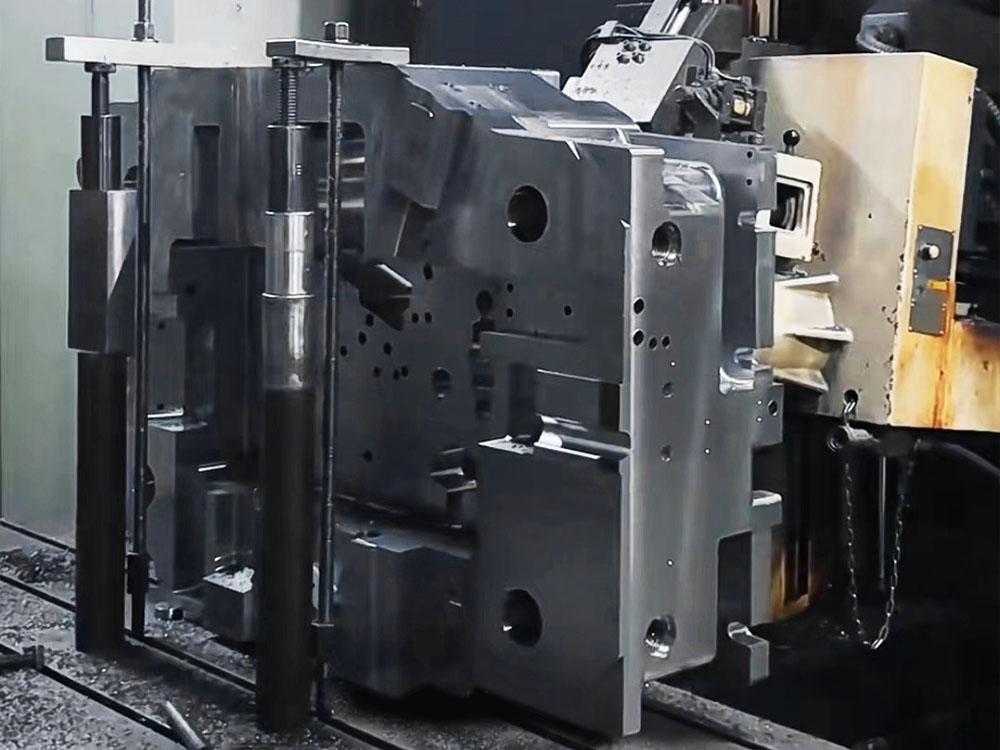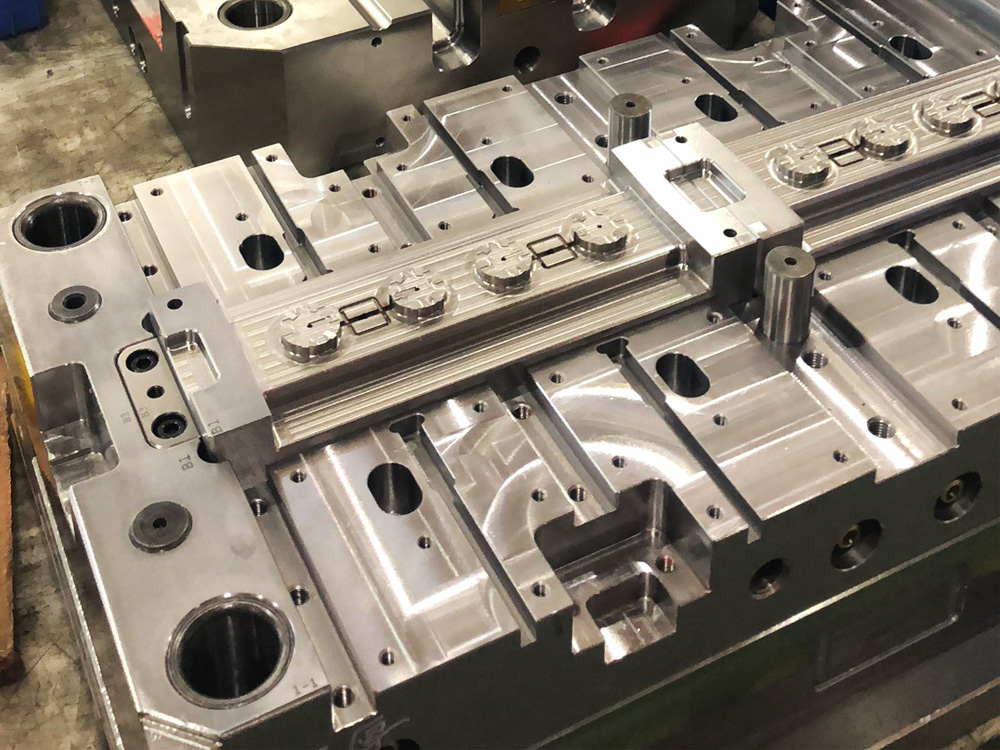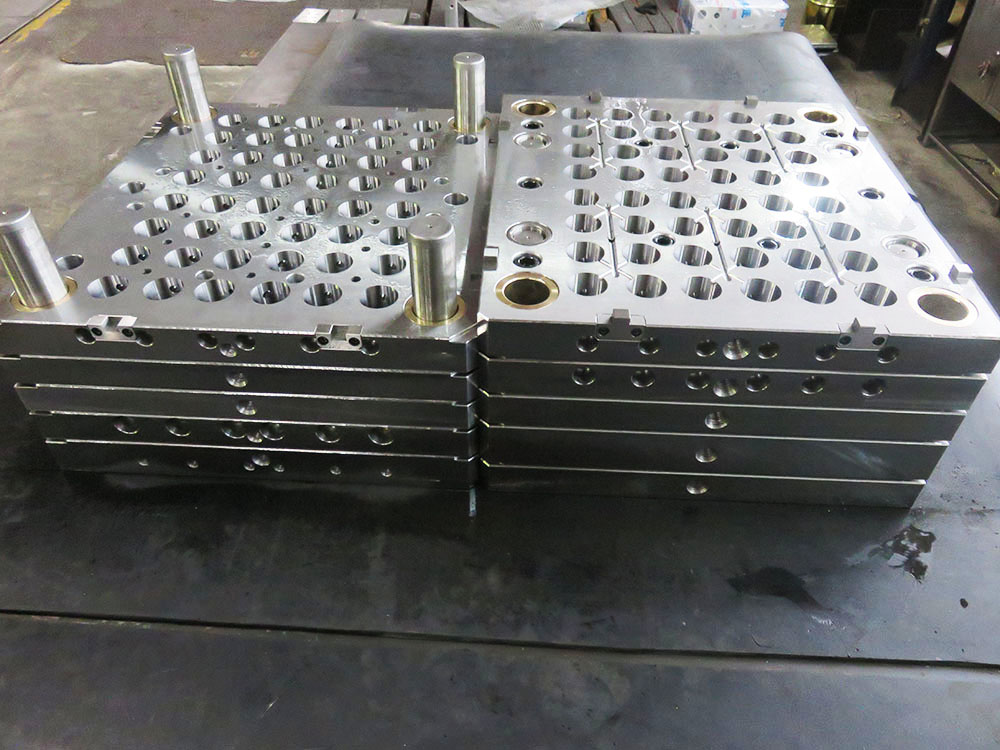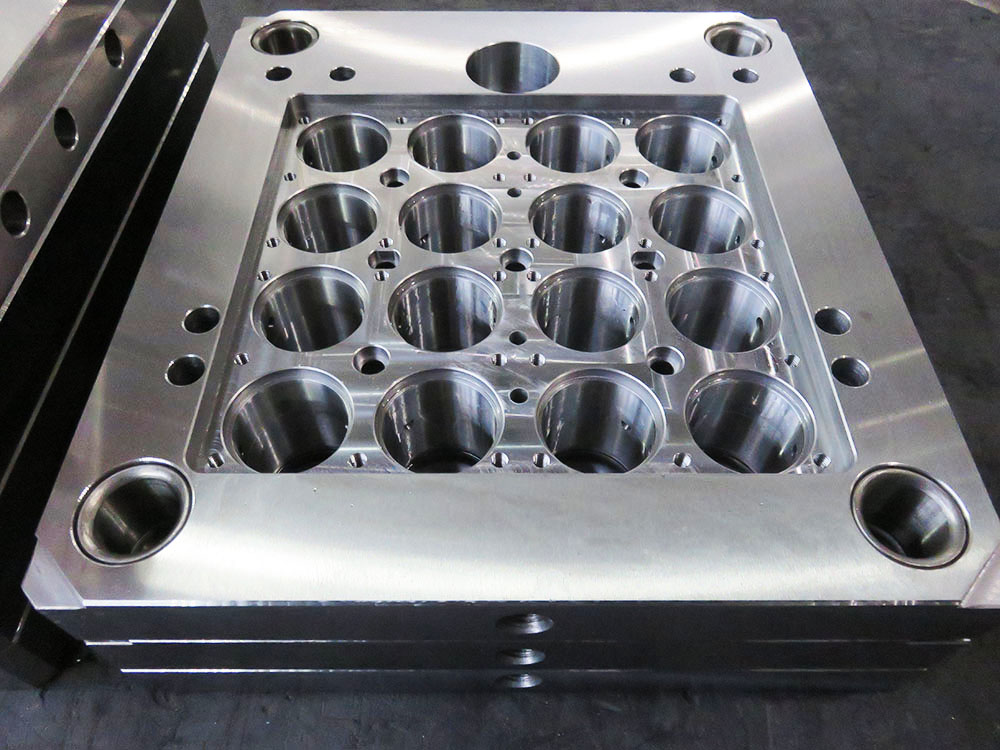Mold Base Industry: How to Draw a Die Casting Mold Frame
The mold base industry plays a crucial role in the manufacturing of various products. One of the essential components of a mold base is the die casting mold frame. This article will guide you through the process of drawing a die casting mold frame, providing clear and professional instructions.
Step 1: Identify the Specifications
Before starting the drawing, it is important to identify the specifications of the die casting mold frame. This includes the overall dimensions, material requirements, and any specific design features. Having a clear understanding of these specifications will ensure an accurate and efficient drawing process.
Step 2: Determine the Layout
The layout of the die casting mold frame determines the placement and orientation of various components. It is essential to carefully plan the layout to maximize efficiency and functionality. Consider factors such as the placement of ejector pins, cooling channels, and guide pillars. Sketch out the layout on a separate sheet to serve as a guide during the drawing process.
Step 3: Start the Drawing
Using computer-aided design (CAD) software, open a new drawing file and set the appropriate units of measurement. Begin by drawing the outer dimensions of the die casting mold frame. Ensure that the dimensions match the specifications identified in step 1. Use the appropriate drawing tools and commands of the CAD software to create accurate and precise lines and shapes.
Step 4: Add Components
Next, add the components to the die casting mold frame. These include the cavity and core inserts, guide pillars, ejector pins, cooling channels, and any other necessary features. Carefully position and align these components according to the layout planned in step 2. Pay attention to clearances and tolerances to avoid interference between components.
Step 5: Include Detail Views
For complex features or areas that require more detail, include additional detail views in the drawing. This allows for a clearer understanding of intricate components or areas that may be difficult to visualize in the main drawing. Use the appropriate commands in the CAD software to create these detail views, ensuring accuracy and clarity.
Step 6: Dimension the Drawing
Dimensioning is a critical step in creating a comprehensive drawing of a die casting mold frame. Add appropriate dimensions to indicate the sizes and positions of various features. Use the dimensioning tools provided by the CAD software to ensure consistency and accuracy throughout the drawing.
Step 7: Finalize the Drawing
Review the drawing to ensure all specifications and design requirements have been met. Check for any errors or inconsistencies in dimensions, alignments, or component placements. Make any necessary adjustments or revisions to achieve a finalized and accurate drawing of the die casting mold frame.
By following these steps, you can successfully draw a die casting mold frame. The mold base industry relies on precise and detailed drawings to produce high-quality molds for various applications. With a clear understanding of the specifications and a proficiency in using CAD software, you can contribute to the efficient production of mold bases in this industry.




